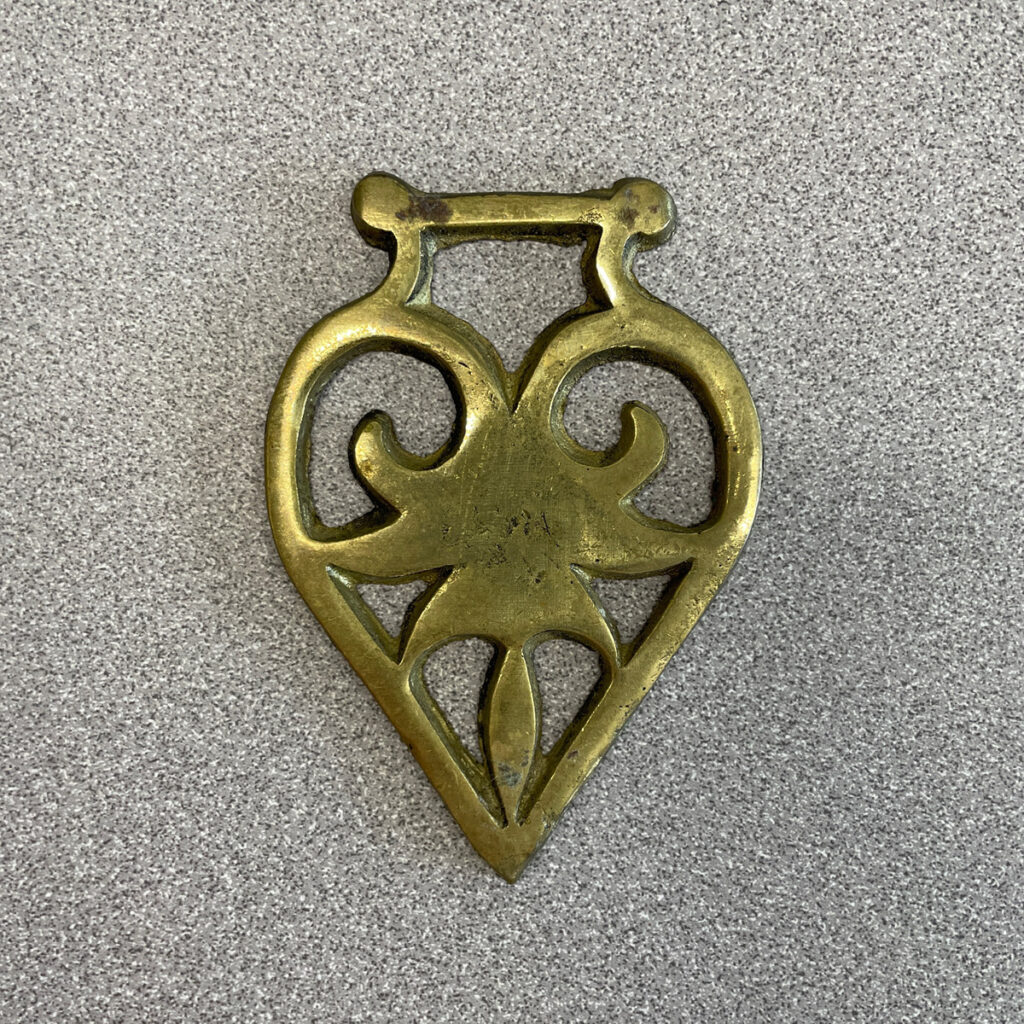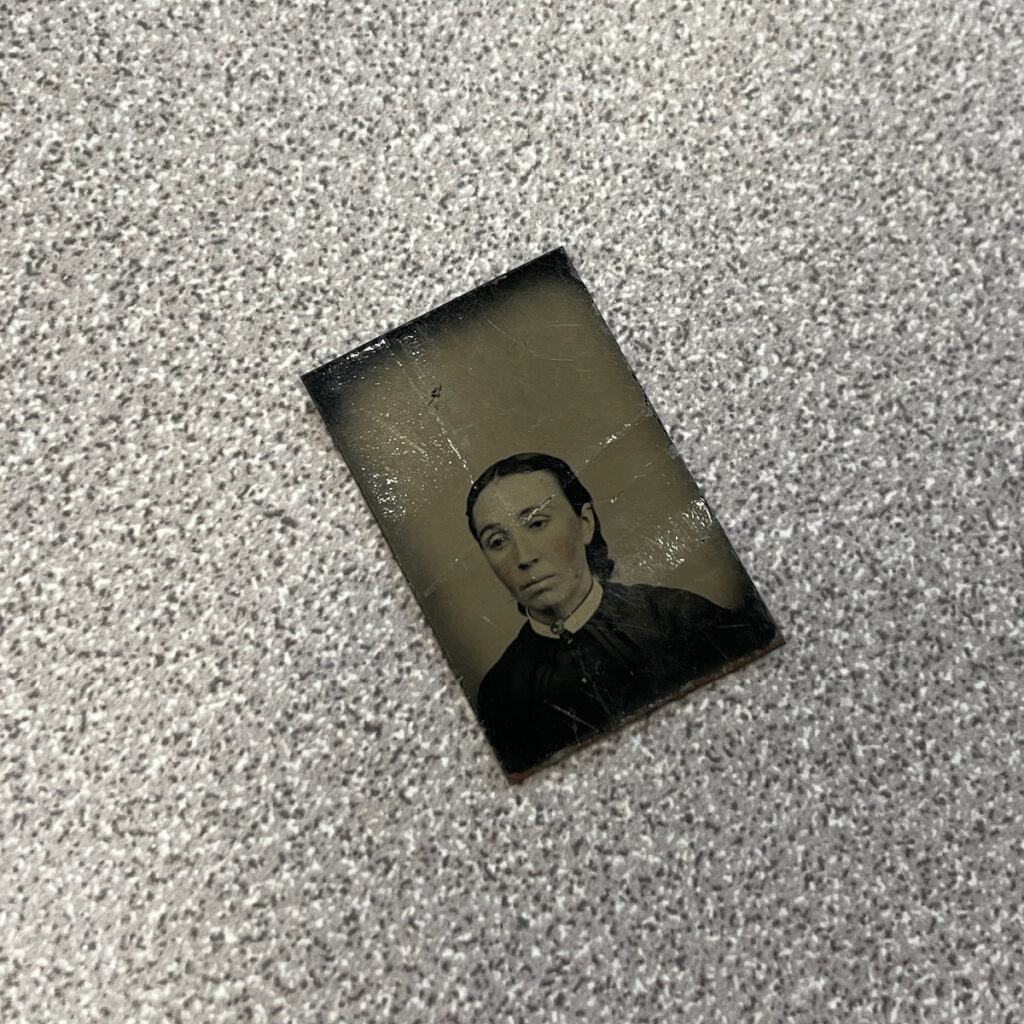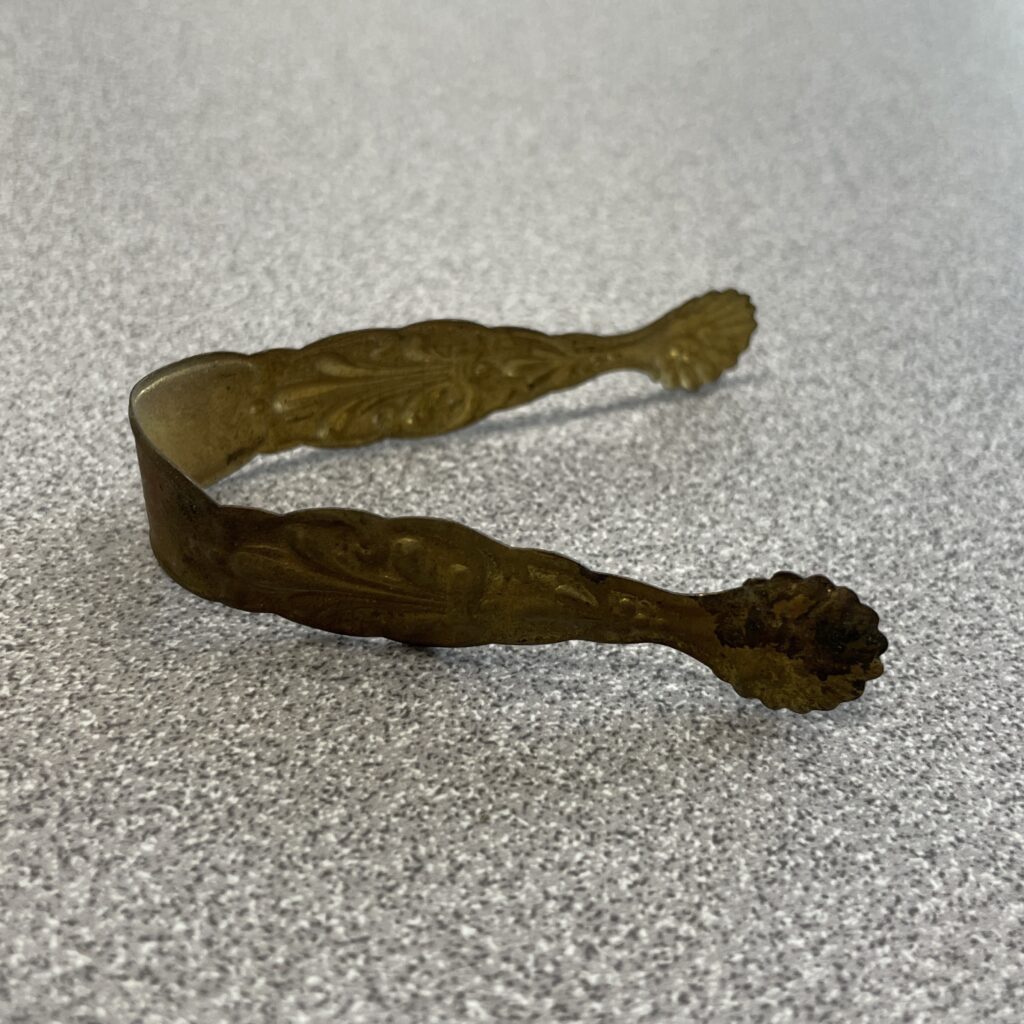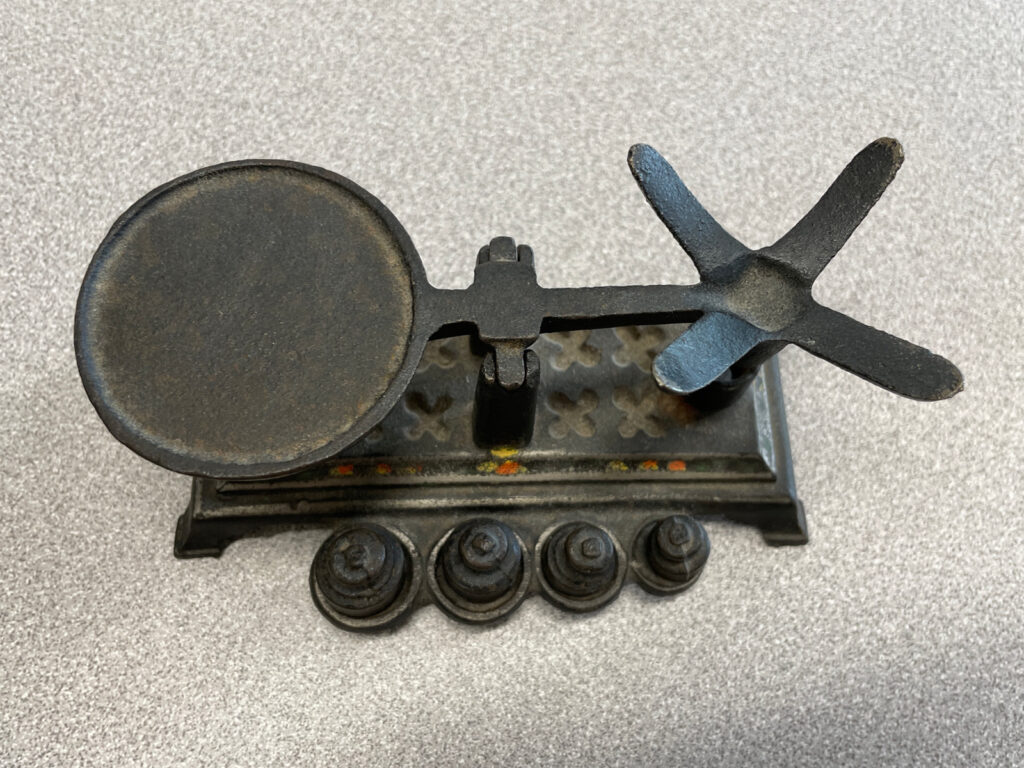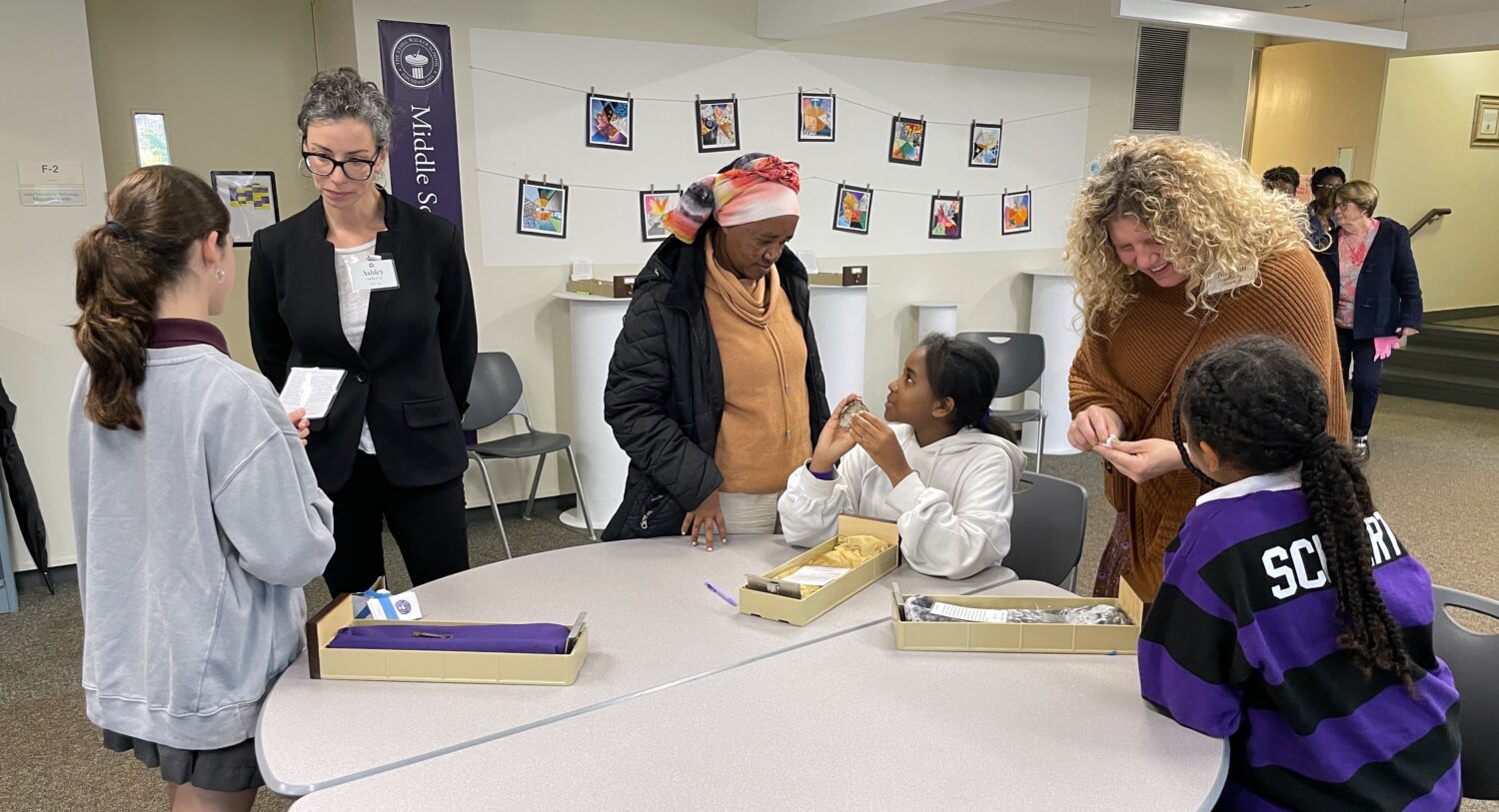
Middle School students share their findings during Family Weekend.
This fall, the 6th Grade Humanities and 7th Grade English classes of Walker’s Middle School installed their annual exhibit for the Middle School Museum of Curiosities. In operation for its second year, the Museum has both a physical and a virtual presence: physically, it is located in the Middle School lobby and consists of two wooden library card catalog cabinets with a total of 60 drawers; virtually, it can be accessed online.
In design, the Museum was planned to replicate the discovery process and to pay homage, in particular, to archaeology. Visitors open the cabinet drawers to reveal (unearth) the contents, which they are allowed to remove from the drawers and handle with care.
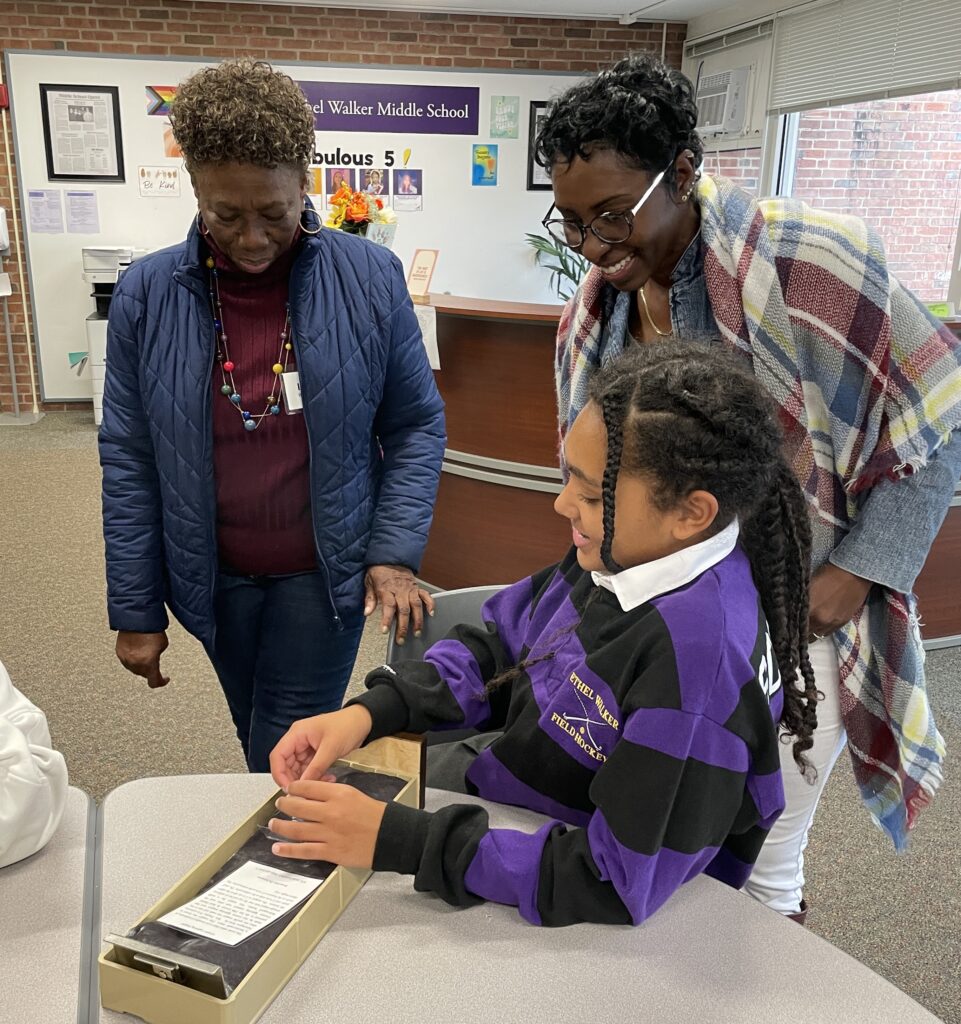
The Museum is inspired by a trend that was popular with Victorian-era antiquarians — that of curating a “cabinet of curiosities” to display one’s various treasures. As per Victorian tradition, the objects within the Middle School Museum’s drawers fall into four categories: naturalia (objects that occur in nature), scientifica (human-made/modified tools), exotica (rare or foreign objects that occur in nature), or artificialia (human-made works of art/craft). The categories can overlap. For example, a raw piece of amber is an example of naturalia, but when polished and placed in a handmade setting for a necklace pendant, it also becomes an example of artificialia.
This year’s 6th and 7th graders were each tasked with selecting an object from among many options that were curated by their teachers, Julie Relyea and Kim Harris Thacker P’24, ’27, identifying and researching the object, categorizing it as naturalia, scientifica, exotica, and/or artificialia, and creating a museum-quality identification card for it. The cards accompany the objects in their drawers. Each student also contributed photographs and audio descriptions of their objects to the virtual version of the Museum. While the impetus for creating the virtual Museum is accessibility for the vision impaired, many people who are part of the Walker’s community but who are not often on campus (e.g., alumnae, parents) also visit the virtual Museum.
Last year, the 6th grade students who founded the Museum discovered their “curiosities” in a shallow creek that empties into the Farmington River. The activity of searching in waterways for interesting objects from the past is called “mudlarking.” The tremendous amount of rain that fell during the summer of 2023 and the resulting muddy, high water prevented this year’s students from mudlarking, but the students enjoyed a much greater variety in the objects.
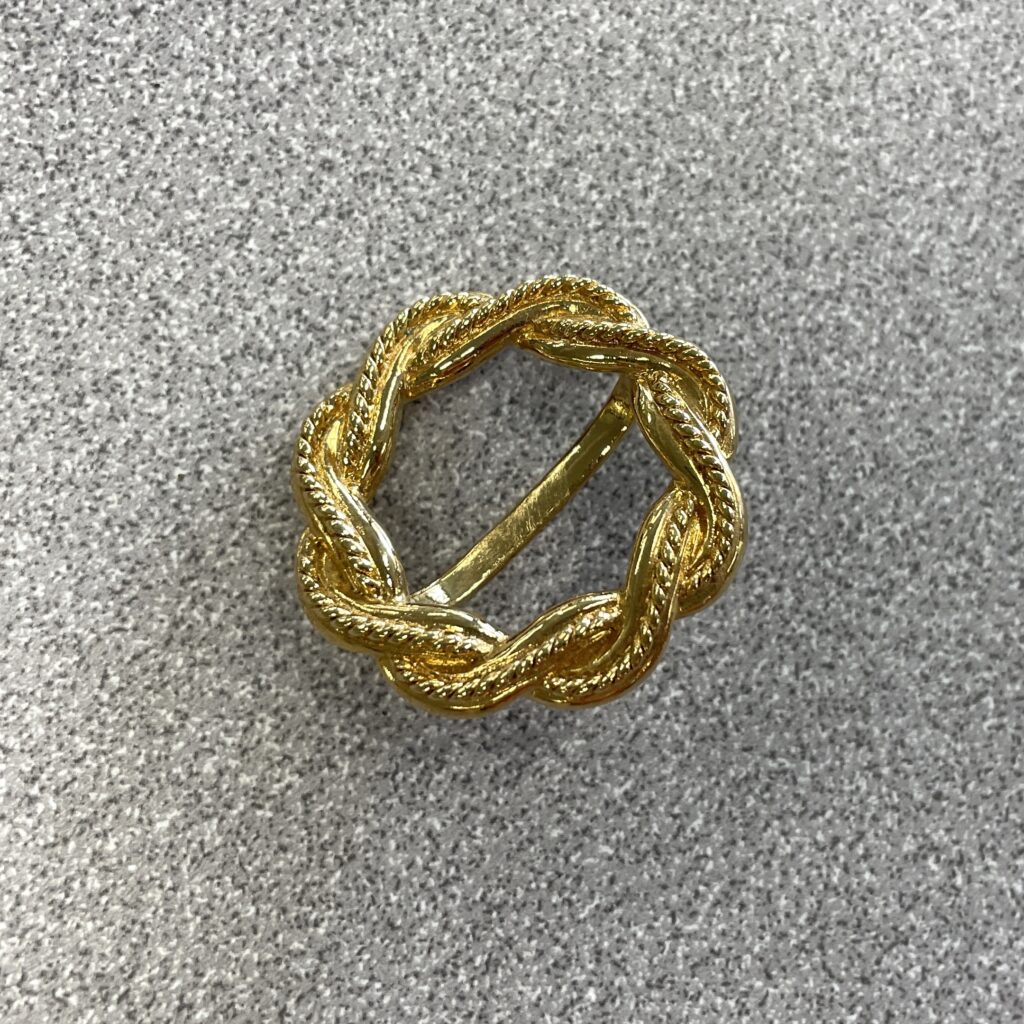
6th graders Addison Bolden ’30, whose museum object was a small brown medicine bottle, and Marlita Chicoski ’30, whose object was a vintage scarf slide, both said that their favorite part of the project was the research.
“I really enjoyed the anticipation and surprise of when I learned new and interesting things about my artifact,” said Addison.
“You get that relieved, excited feeling that you solved the problem,” Marlita reflected.
While she was successful in identifying her object — a vintage tie clip — Sadie Glanville ’30 expressed that she found the online research element of the assignment challenging: “You have to find just the right information for your specific question, and you have to put together resources to find the perfect thing to write.”
Bolden and Chicoski also found the research aspect of the assignment to be difficult, yet Relyea, the teacher of the 6th grade class, said that the challenge of learning how to conduct research has paid off.
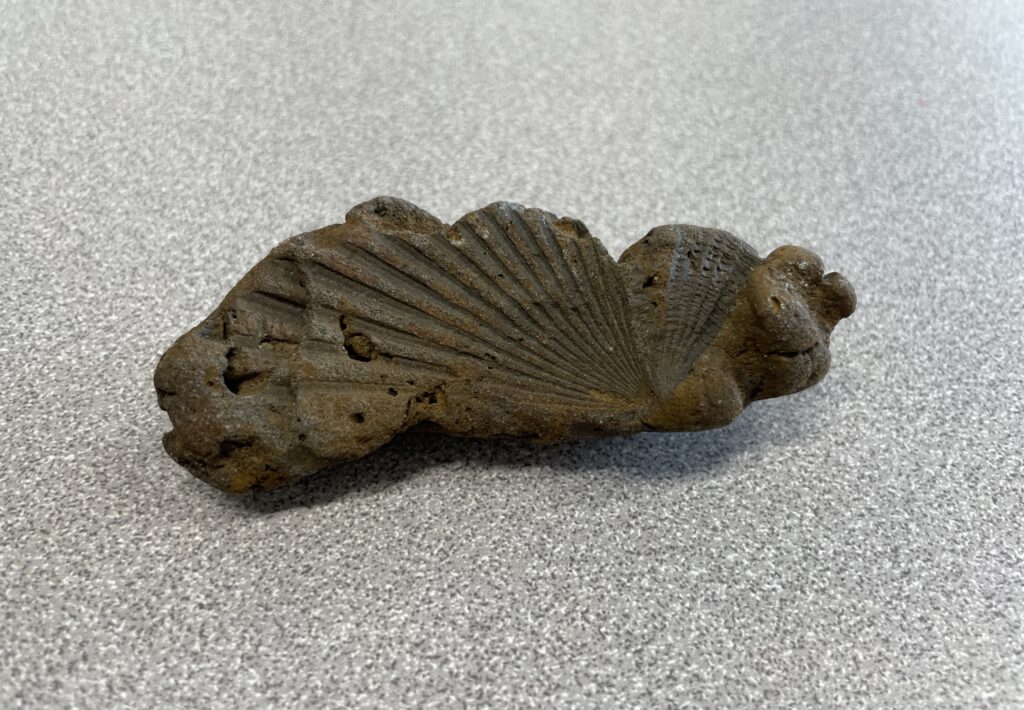
“This project served as the launchpad for practicing an array of research and writing skills,” Relyea explained. “For example, students developed their ability to find clues that let them know the extent to which an information source was valid. They also learned that research can be a challenging task, one that requires adaptability in addition to curiosity. Throughout the project, students gained a comfort level adapting their search phrases and pursuing different avenues to explore their artifacts when their initial pursuit left unanswered questions. They practiced academic resilience as they persevered through preliminary frustrations, and in doing so, developed a greater appreciation for both their artifacts and the challenges associated with archaeology more broadly.”
Shortly after the Museum’s formal opening for Family Weekend, Relyea and Thacker invited teachers in both the Upper and the Middle Schools to use the Museum’s contents in their own classrooms.
There are 60 objects in the Museum, and only about half of them have been researched. Walker’s teachers might assign their students to research the remaining mystery objects in an effort to sharpen students’ research skills. World Languages Department faculty might ask their students to translate the information cards in the cabinet drawers into Spanish, French, or Latin. How might an alien from outer space try to use an object from the Museum? That is a question for the students in English and Theater classes. Truly, the options for the use of the Museum, both for Upper Schoolers and Middle Schoolers, are limited only by the imagination.
When asked what she hopes others will gain from having a Museum of Curiosities on campus or available virtually to people off campus, Relyea said, “I hope that our Museum of Curiosities lives up to its namesake and does indeed pique the curiosity of our community. The artifacts are so compelling; I hope they draw students in and provide a platform for conversation and connection, both with one another and with the past!”
